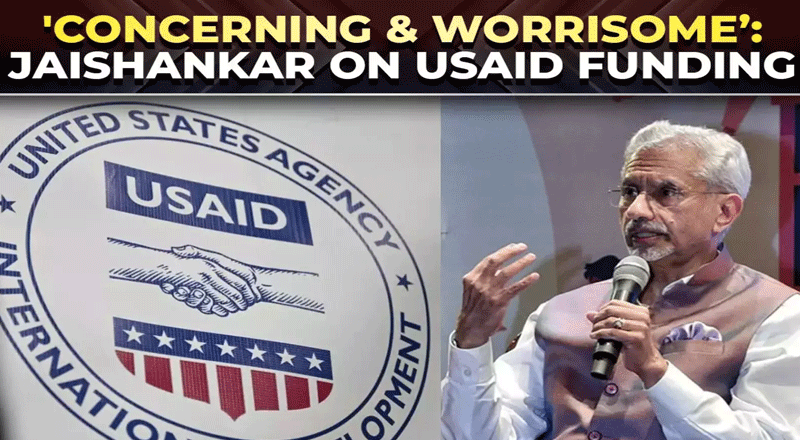There has been a dramatic rise in Ukraine’s number of dead, according to new estimates by unnamed US officials. The BBC’s Quentin Sommerville has been on the front line in the east, where the grim task of counting the dead has become a daily reality.
The unknown soldiers lie piled high in a small brick mortuary, not very far from the front line in Donetsk, where 26-year-old Margo says she speaks to the dead. “It may sound weird… but I’m the one who wants to apologize for their deaths. I want to thank them somehow. It’s as if they can hear, but they can’t respond.” At her cluttered desk outside the mortuary’s heavy door, she sits, pen in hand. It is her job to record the particulars of the fallen.
Ukraine gives no official toll of its war dead – the Ukrainian armed forces have reiterated that their war casualty numbers are a state secret – but Margo knows the losses are huge. The figures remain classified. But US officials, quoted by the New York Times, recently put the number at 70,000 dead and as many as 120,000 injured. It is a staggering figure, from an armed forces estimated at only half a million strong. The UN has recorded 9,177 civilian deaths to date.
On Margo’s inside right arm is a small tattoo of a mother and child, with the birthdate of her son recorded. Her manicured nails are painted in Ukrainian colours. She wears a black T-shirt with the words “I’M UKRAINIAN” on the front.
The most difficult day of her life, she says, was when her common-law husband was brought into the mortuary on the day he died. Twenty-three-year-old Andrii was killed in battle on 29 December 2022.
As recently as April, leaked estimates from the Pentagon put Ukrainian deaths at the much lower figure of 17,500. The alleged jump to more than 70,000 can be partly explained by the counter-offensive in the south. In its early days, it was especially hard on Ukrainian infantry – “worse than Bakhmut” one brigade commander who is fighting there told me. The city of Donetsk fell to Russia in May in one of the bloodiest battles of the war so far.
Ukraine has now changed tactics there, but the beginning of the push to breach Russia’s occupation defences in June was costly, for young newly trained soldiers in particular. They were dying “by the dozens” every day, one senior sergeant fighting around the Donetsk village of Velyka Novosilka told me in June.
At the mortuary, one of a number along the front line, they work to put names to the unknown soldiers, who come direct from the battlefield.
Body bags are brought outside, one at a time, and the search for clues begins. Inside the first body bag is the corpse of a young man, his eyes still open, his hands folded carefully across his lap. His face is cut, and there is a gash on the side of his leg. Another body is brought out, the fingers missing on the right hand, and blood and battlefield mud stain his uniform.
Their pockets are cut open by mortuary staff, still full of the artefacts of everyday life – keys, a mobile phone, a wallet with family snaps. In death, these items are now clues that might reunite the unidentified with their families.
Written in black marker pen on another body bag, the word “Unidentified” is scored out and replaced with a man’s name and army company details.
A group of soldiers – commanders of various ranks – arrive in an army pick-up truck and pace outside the mortuary, smoking cigarettes. They inspect one body, to see if the soldier is from their platoon, company or battalion. It looks like he was killed in an artillery strike – part of his head is missing and the wounds to his body are severe, even worse when he is turned over.
More men from his unit will be brought to aid in the identification of the body, he says. The reality of the scale of casualties is laid bare in Ukraine’s cemeteries.
In the late afternoon sun around Krasnopilske cemetery in Dnipro, the heads of the sunflowers hang heavy – an honour guard for the freshly dug graves that spread ever closer to the perimeter.
At one such graveside, 31-year-old Oksana weeps alone. Pictures of her dead husband Pavlo gaze down on her. The bearded and brawny junior sergeant was a power-lifting champion and personal trainer. He was killed during Ukraine’s previous counter-offensive, near the city of Izium in November when a missile from a Russian helicopter struck his convoy.
(With inputs from agencies)





